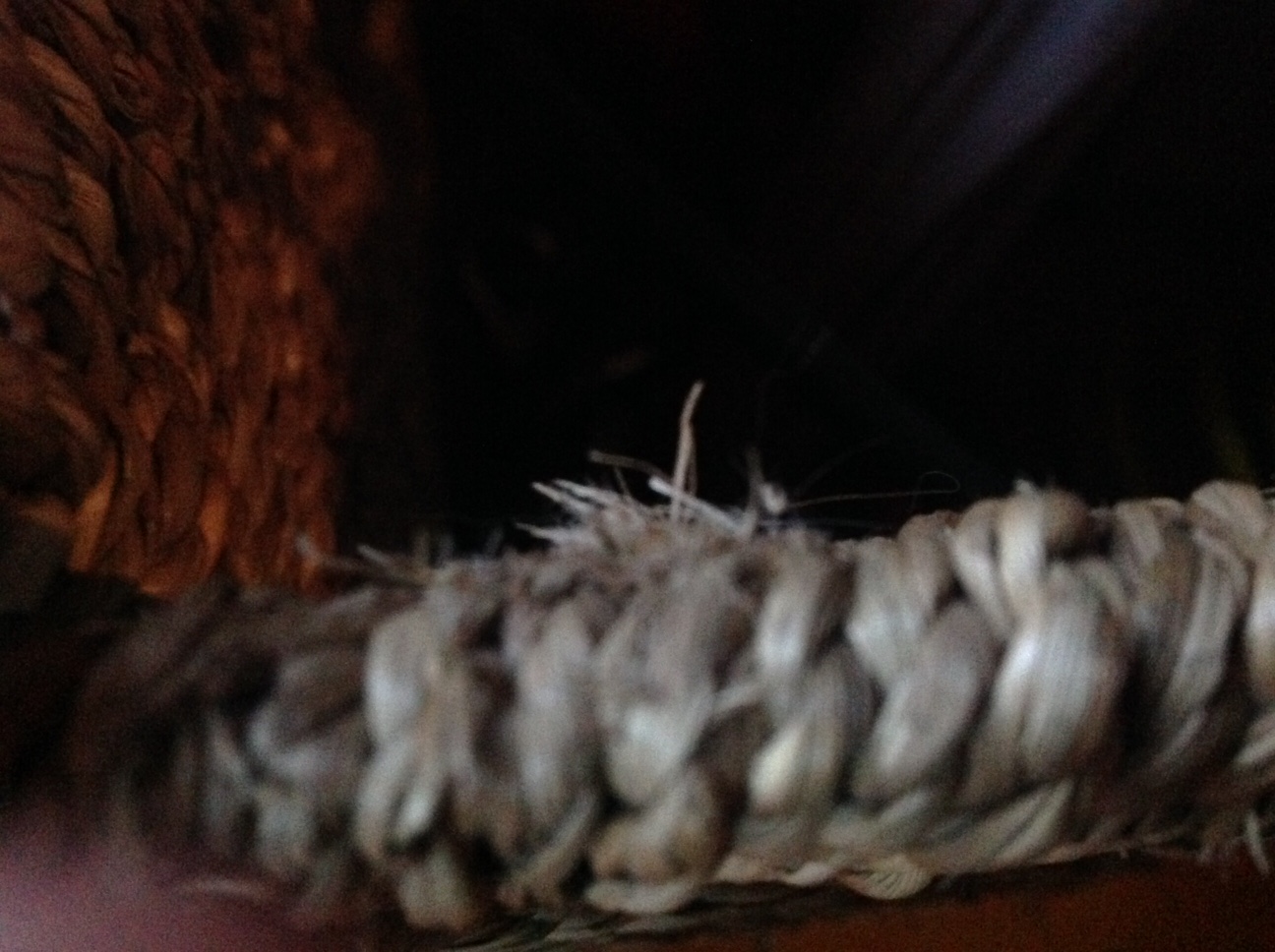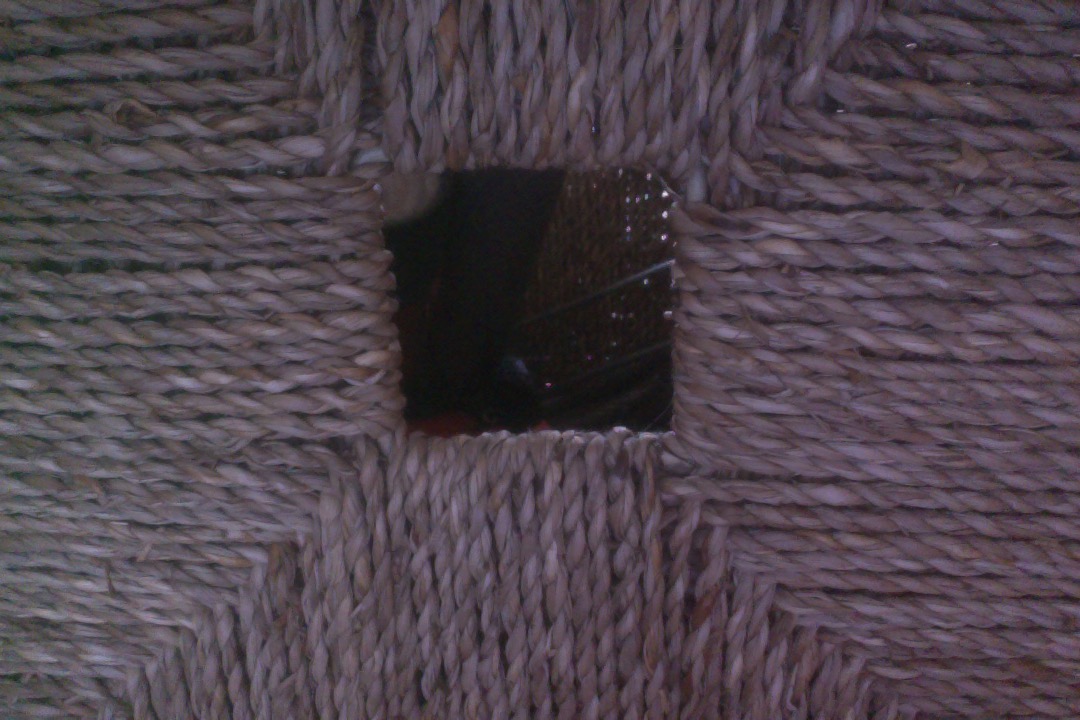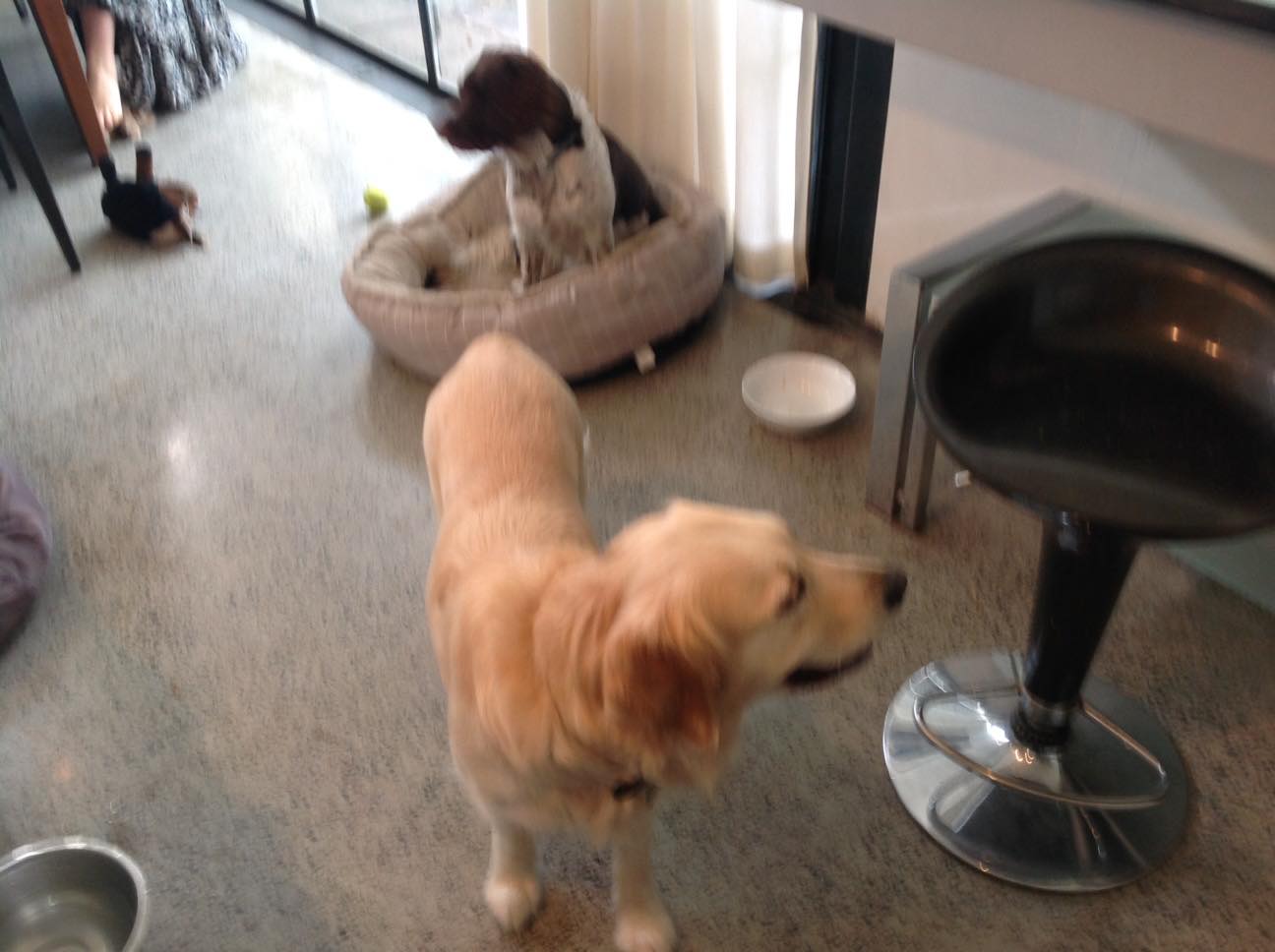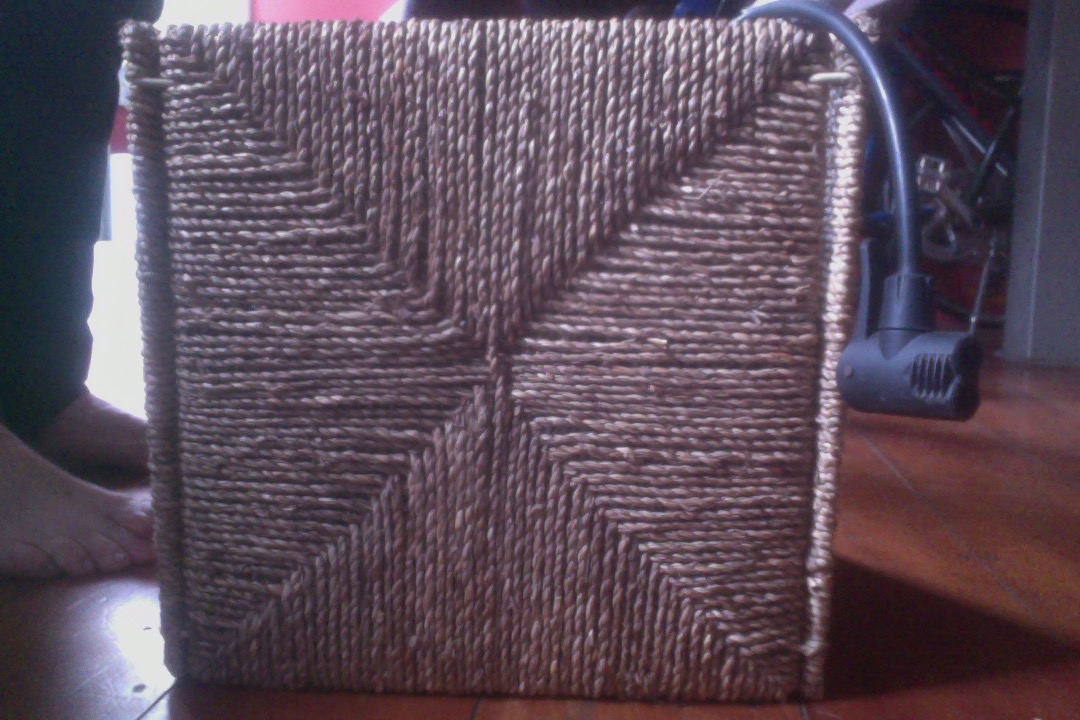Our sense of smell often goes hand in hand with our sense of “touch”. Nature provides so many “mindfulness” ideas regarding our sense of “touch”. Think of the bark on a tree, the touch of water on a hot day or the afternoon sea breeze perhaps. Maybe the warmth of a heater on a cold day, the fur of a pet, the squelchiness of a slug or the ooziness of toothpaste?
The word “feel” covers this “touch” idea, and it’s curious in English how it concerns our emotions as well? We found ideas here interesting.
Previous relevant Mindfulness Smell Tutorial is shown below.
We’re back following up on the Mindfulness Follow Up Tutorial as shown below on our quest for greater “mindfulness”.
Why? Well, we believe it aids with destressing, and improving concentration levels, good for more people’s health and work progress.
In that last “episode” we drilled down with our vision on an everyday object, perhaps one with a pattern of interest, or one with easily identifiable detail points (if you are beginning on this quest). As time goes on, you’ll probably find interest in things less and less intrinsically interesting to others, because your “mindfulness” skills are improving. Of course, being “mindful”, you might be interested in tracing your progress.
So here is the next “drill down” for the object we’ve been musing on …

… for now, just, looking …
We’ve been mainly talking about our sense of sight up until now, but what about our sense of smell? Watching my dogs, you can tell that they give over much more of themselves to follow their sense of smell. Am not saying we can match the sensitivity to smell a dog has, but you can learn a lot watching their sense of delight “sensing” the world via the sense of smell. Probably our best practice places are the kitchen (cooking smells) and the bathroom (soap and perfume smells) and the garden (flower and compost and soil smells), for you to link “smell” to “mindfulness”.
Previous relevant Mindfulness Follow Up Tutorial is shown below.
In following up the Mindfulness Primer Tutorial as shown below we want to point out that “mindfulness” probably won’t just happen for you as a tool in your life to relieve stress and gain peace. Like a lot of things learning “mindfulness” has a “training wheels” period, during which it might be “that you just don’t get it”. Sadly, some of us will “never get it”, but we really think it’s worth trying.
And so, how do you improve “mindfulness”? To us, the “doh!” (but not flippant) answer to this is to be able to hold onto a “mindfulness” session, devoted to one object perhaps, longer.
And how might we train ourselves to do that? Again, in a “doh!” (but not flippant) answer to this, we’d suggest, if you can, you “drill down”, and in the spirit of this, we present to you a follow up image (for the followers of this thread of blog postings) …

… for now, just, looking …
Also today there are the more dynamic natural parts to our life we tend to ignore if we lack “mindfulness”. If that’s you, when is the last time you looked up at the sky, on a day with clouds, and looked at them, more towards the curious way our initial ancestors would have looked at them, with a sense of awe? Getting perspective, perhaps.
Previous relevant Mindfulness Primer Tutorial is shown below.
The term “mindfulness” has become quite a buzzword, it seems to me. Will talk into the future about my practical realization that “mindfulness” plays a bigger role than you might think with your work, perhaps, depending on what you are doing.
Here’s Wikipedia’s take on “mindfulness” …
Mindfulness is the psychological process of bringing one’s attention to the internal and external experiences occurring in the present moment,[1][2][3] which can be developed through the practice of meditation and other training.[2][4][5] The term “mindfulness” is a translation of the Pali-term sati,[6] which is a significant element of some Buddhist traditions. The recent popularity of mindfulness in the West is generally considered to have been initiated by Jon Kabat-Zinn.[7][8]
We wanted to start off a series of tutorials encouraging “our take” on “mindfulness”. Now please don’t think of me as an expert, but am just presenting concepts that may, even briefly, take you out of usual routines, to give your brain a chance to relax, recuperate and find more peace.
Are our computers and mobile devices the natural enemy of mindfulness? Our initial thinking is “yes”, but you’re reading this on one, so let’s not come down too hard on it initially, in terms of setting up the conditions for mindfulness.
Personally, I like patterns on visuals, on everyday objects even, and so with our tutorial picture, on its own perhaps some “mindfulness” peace is a click away, at least for a few seconds?!
If this was interesting you may be interested in this too.
If this was interesting you may be interested in this too.
If this was interesting you may be interested in this too.
If this was interesting you may be interested in this too.






